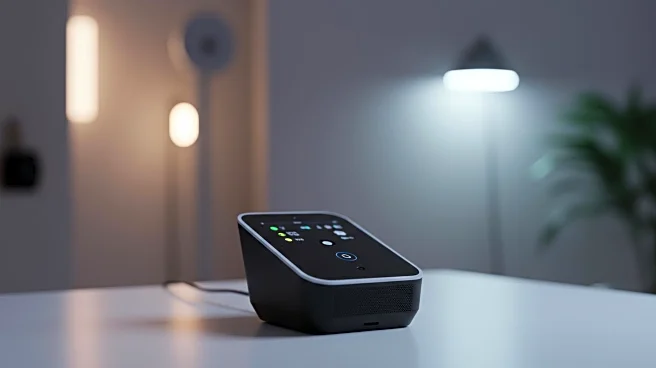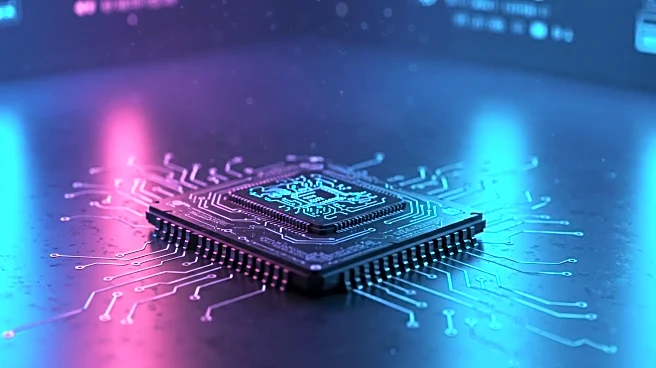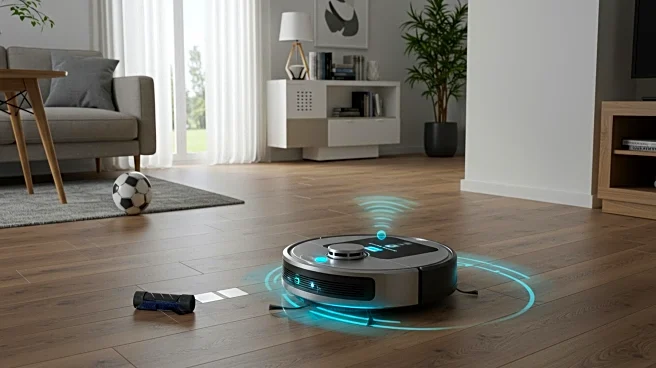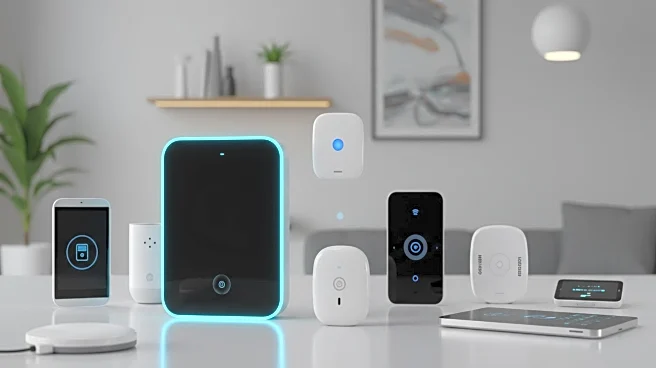Rapid Read • 8 min read
Philips Hue is set to launch a new version of its smart lighting bridge, the Hue Bridge Pro, which will feature motion sensing capabilities. This development was revealed through a product page briefly published on Hue's website, which has since been removed. The new bridge is expected to be faster, have more capacity, and include 'MotionAware technology' that allows smart lights to function as motion sensors. This technology could enable lights to automatically adjust as users move through their homes, eliminating the need for standalone motion sensors. The bridge will also support advanced AI features and have increased connectivity options, including Wi-Fi. Additionally, Philips Hue plans to release a new wired video doorbell and more energy-efficient smart bulbs.
AD
The introduction of motion sensing capabilities in Philips Hue's lighting system represents a significant advancement in smart home technology. By integrating motion sensors into existing lighting infrastructure, users can experience enhanced automation and convenience, potentially reducing the need for additional hardware. This innovation could lead to increased adoption of smart home systems, as it simplifies the setup and operation of automated lighting. Furthermore, the enhanced connectivity and AI features of the new bridge may improve user experience and expand the functionality of smart home ecosystems. The energy-efficient bulbs also align with growing consumer demand for sustainable technology solutions.
Philips Hue's parent company, Signify, is expected to host a press event in Berlin next month, ahead of the IFA tech trade show, where full details of the new products will be unveiled. This event will likely provide more information on the specifications, pricing, and availability of the new bridge and other products. As the smart home market continues to evolve, competitors may respond with similar innovations to maintain their market positions. Consumers and industry stakeholders will be watching closely to see how these advancements impact the broader smart home landscape.
The integration of motion sensing technology into smart lighting systems raises questions about privacy and data security. As these systems become more sophisticated, ensuring that user data is protected and that devices operate securely will be crucial. Additionally, the move towards more energy-efficient lighting solutions reflects a broader trend in the tech industry towards sustainability and environmental responsibility. These developments may influence consumer preferences and drive further innovation in the smart home sector.
AD
More Stories You Might Enjoy











